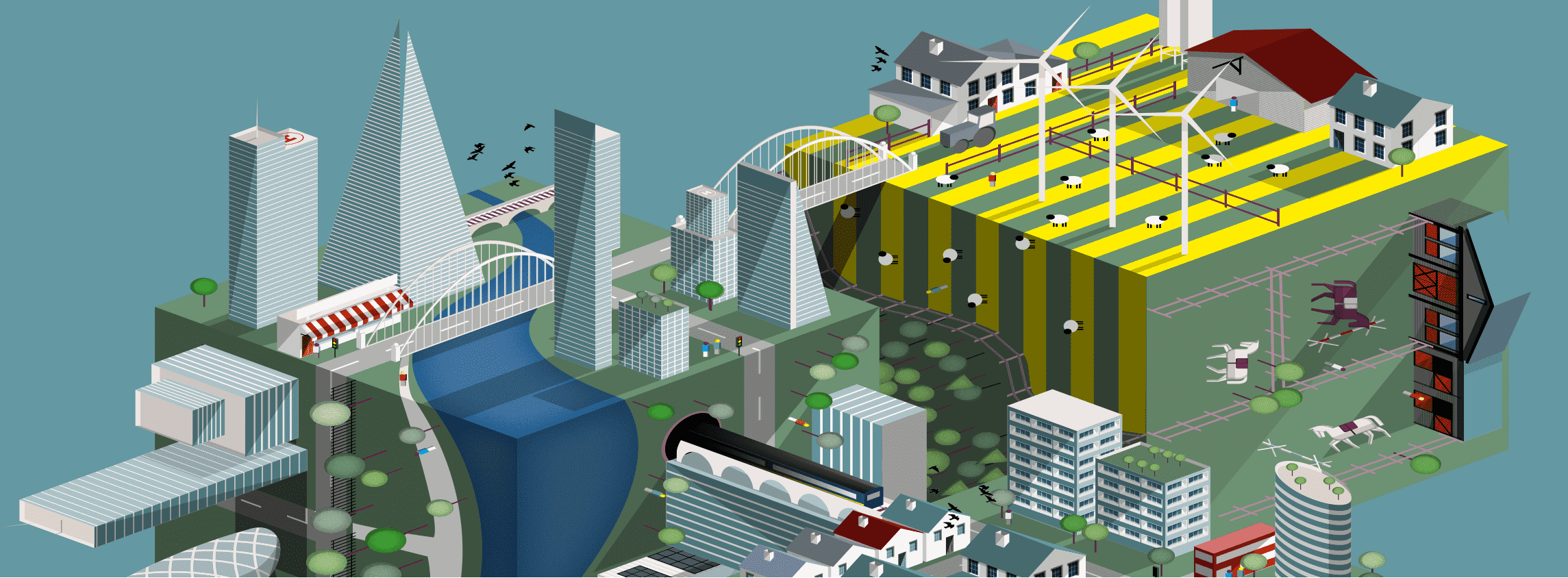Commercial forecast
It’s human nature to be attracted to the next big thing. But don’t take your eye off the essentials of your sector

It’s human nature to be attracted to the next big thing. But don’t take your eye off the essentials of your sector
During the past two years, the commercial property market has been in countless discussions about co-working, company voluntary arrangements (CVAs) and Brexit, and rather too little about market fundamentals and what customers want.
The most successful investors will be those who look beyond the noise and focus on the underlying signals. Key questions for commercial property investors must always be around how a building aligns with a tenant’s needs, and what drives those needs.
In the office market, we should question why businesses are drawn to ‘workspace as a service’, and what we can learn from that. Is it about the rise of tech companies? Brexit-related insecurity? Or is it a rejection of the strictures of the traditional lease, where everything is the tenant’s problem and the landlord does as little as possible? Arguably, commercial property may be the last sector to grasp that customer care is a differentiator.
.png)
Investor appeal Changes in commercial property yields by sector
Source: Savills Research
There are other, more basic, issues we have yet to address. For example, it is astonishing that only 58% of workers say their workplace enables them to work productively, and that 70% say noise and temperature are a problem in their office. Perhaps we need to focus less on what is new, and more on fixing these basic issues that have been around for decades.
In the retail property sector, people are yet again announcing the death of the high street. However, in retail more than any other sector, change is continual as each new generation changes its values and behaviours. As Steve Dennis of Forbes magazine says: “Physical retail is not dead; boring retail is.”
We need to focus less on what is new, and more on fixing basic issues that have been around for decades
Savills Research
Retailers and retail environments often fail because they don’t deliver what the customer wants. Shoppers have always wanted experiences and convenience, and always will. However, prime retail is not a one-size-fits-all designation, it varies from catchment to catchment. A luxurious experiential mall will trade badly in a modest catchment regardless of how fabulous it is.
My rule of thumb for what defines prime retail remains something that is dominant and fits its catchment.
Even in the logistics sector, there is arguably too much focus on drones and robots when the basic challenges that distributors face are more about staffing and fuel costs.
Successful locations will continue to be those where people want to be, and successful workplaces will be those that enable people to do their work as painlessly as possible.
Looking ahead, the smart investor in commercial property could do a lot worse than ignore the hype and ask themselves whether the asset they are buying or delivering is something that someone wants to pay for – and keep paying for.
Chasing trends and reacting to events is difficult, taking the time to talk to and understand your customer is much easier, and all too often ignored.
For the six key commercial trends for 2019, please click here.
Search for a commercial property
8 other article(s) in this publication